Red Borneo Kratom is a unique strain of the Mitragyna speciosa tree, native to the island of Borneo. This tropical...

Kratom Treatment for Addiction
Introduction
Kratom, scientifically known as Mitragyna speciosa, is a tropical tree native to Southeast Asia, traditionally used for its medicinal properties. Recently, it has garnered attention in the Western world as a potential treatment for addiction, particularly opioid addiction. This section will explore kratom’s properties and its traditional uses.
Understanding Kratom
What is Kratom?
Kratom is a tree whose leaves contain psychoactive compounds, including mitragynine and 7-hydroxymitragynine. These compounds can produce stimulant effects at lower doses and opioid-like effects at higher doses. This duality contributes to its complex profile as both a potential therapy and a substance of abuse.
While kratom has been used traditionally in Southeast Asia for centuries, its use has spread globally in recent years, particularly as a purported treatment for opioid withdrawal and pain management. However, concerns have been raised about its potential for abuse, addiction, and adverse effects, including respiratory depression, seizures, and psychosis.
The legal status of kratom remains a subject of debate, with some countries regulating or banning its use, while others have chosen to keep it unregulated or decriminalized. Ongoing research is necessary to better understand kratom's pharmacology, potential therapeutic applications, and associated risks.
Traditional Uses of Kratom
In its native regions, kratom has been used for centuries to alleviate pain, combat fatigue, and even as an aid to treat addiction. Local populations traditionally chew the leaves or brew them into a tea to gain these benefits.
Despite its long history of traditional use, the precise mechanisms of action and potential therapeutic applications of kratom are still being actively researched. While some of its alkaloid compounds, such as mitragynine, exhibit opioid-like effects, others may interact with different receptor systems in the body, contributing to its complex pharmacological profile. Proponents of kratom tout its potential for managing chronic pain, alleviating opioid withdrawal symptoms, and even treating depression and anxiety.
However, concerns remain about its safety, potential for abuse and addiction, and the need for more rigorous clinical studies to establish its efficacy and appropriate dosing. As with many botanicals, standardization and quality control also pose challenges in ensuring consistent and reliable effects.
Kratom in Addiction Treatment
Potential Benefits
Research suggests that kratom might offer some benefits in treating addiction by alleviating withdrawal symptoms and reducing dependency on opioids. Its active compounds interact with opioid receptors in the brain, potentially reducing the craving and withdrawal symptoms associated with opioid addiction.
Case Studies and Research
This section would detail specific studies and real-life case reports where kratom was used in treating addiction, discussing both successes and limitations observed in these cases.
Legal and Regulatory Status
Kratom’s Legal Status
Kratom’s legality varies by country and, in the US, by state. While it's legal in some places, it is banned or controlled in others due to concerns about its potential for abuse and health risks.
FDA and DEA Stance
The U.S. Food and Drug Administration (FDA) and Drug Enforcement Administration (DEA) have expressed concerns about kratom’s safety profile and its classification as a "drug of concern." This section would explore the regulatory challenges and the status of kratom under current laws.
Risks and Controversies
Health Risks
While kratom is championed by some as a safer alternative to traditional opioids, it is not without its risks. Side effects can include nausea, vomiting, liver damage, and increased heart rate. More severe risks involve dependency and addiction.
The Debate Over Kratom’s Safety
This segment would delve into the ongoing debate among medical professionals, researchers, and the public about whether the benefits of kratom outweigh its risks. It would include perspectives from various stakeholders, including those who have used kratom for treatment.
Final Thoughts
Kratom presents a paradoxical challenge in addiction treatment. While it holds promise for reducing opioid dependency, it also poses significant health risks. Balancing these factors is crucial as research continues and regulatory bodies consider its legal status. This concluding section would summarize the need for further research and a balanced approach to using kratom in medical treatments.
If you're looking for a trustworthy provider of Kratom, consider Speakeasy Kratom. They carefully source their Kratom from renowned Indonesian farms. Speakeasy Kratom offers a variety of premium Kratom strains, including Green Maeng Da, Red Borneo, Green Malaysian, and Vietnam White Vein Kratom. They have two product forms available: Kratom Capsules and Kratom Powder.
Frequently Asked Questions (FAQ) About Kratom Treatment for Addiction
What is kratom and how is it used?
Kratom is a tropical tree native to Southeast Asia, whose leaves contain compounds that can have psychoactive effects. The leaves are typically chewed raw, crushed and brewed as tea, or turned into capsules, tablets, and liquids. At low doses, kratom acts as a stimulant, while at higher doses, it can produce effects similar to opioids.
How does kratom help with addiction treatment?
Kratom contains compounds, like mitragynine and 7-hydroxymitragynine, which interact with opioid receptors in the brain. This interaction can help alleviate withdrawal symptoms and reduce cravings for opioids, making it a potential aid for those trying to overcome opioid addiction. However, kratom itself can be habit-forming, and its efficacy and safety are not well-studied.
Is kratom legal?
The legality of kratom varies. In the United States, it is legal at the federal level but may be regulated or banned in certain states. Internationally, some countries have strict regulations or bans on kratom use. It is important to check local laws before purchasing or using kratom.
What are the risks of using kratom?
Kratom use can lead to side effects such as nausea, itching, dry mouth, and increased urination. More serious risks include liver damage, changes in heart rate and blood pressure, and addiction. The use of kratom is not well-regulated, and products may be contaminated or mislabeled, increasing the risk of adverse effects.
How should one start using kratom for addiction treatment?
Before considering kratom for addiction treatment, it is crucial to consult with a healthcare provider. Kratom is not FDA-approved for this or any other medical use, and self-treating with kratom can lead to complications or interfere with existing treatments. A healthcare provider can offer guidance and suggest monitored treatment options that are safer and scientifically validated.

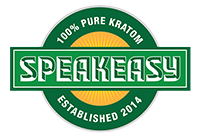





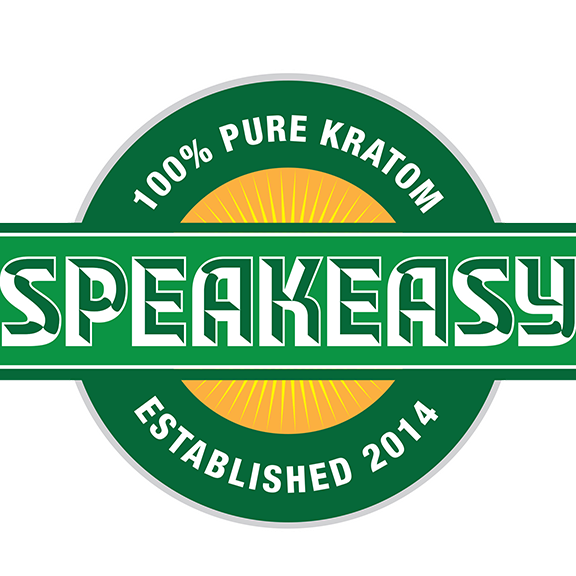
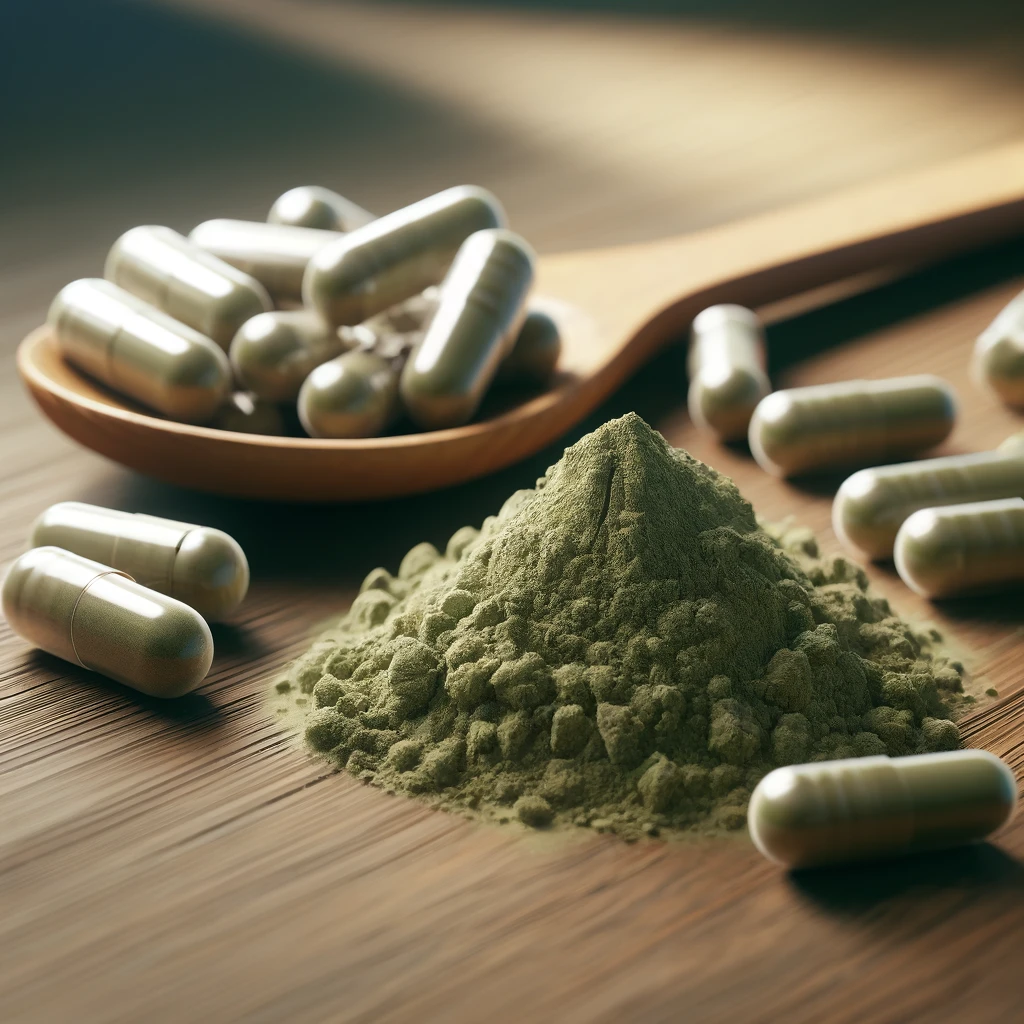


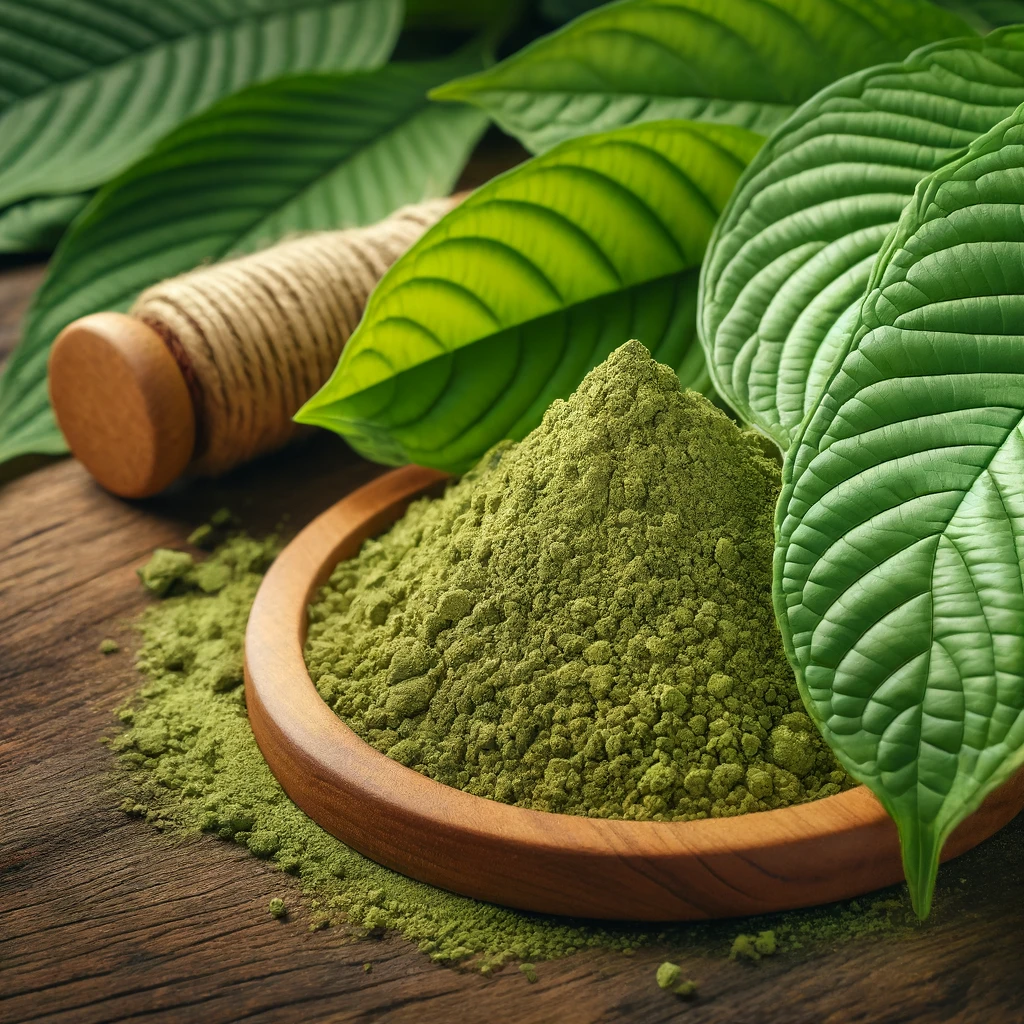
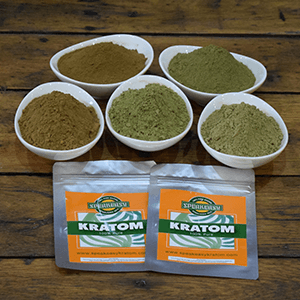

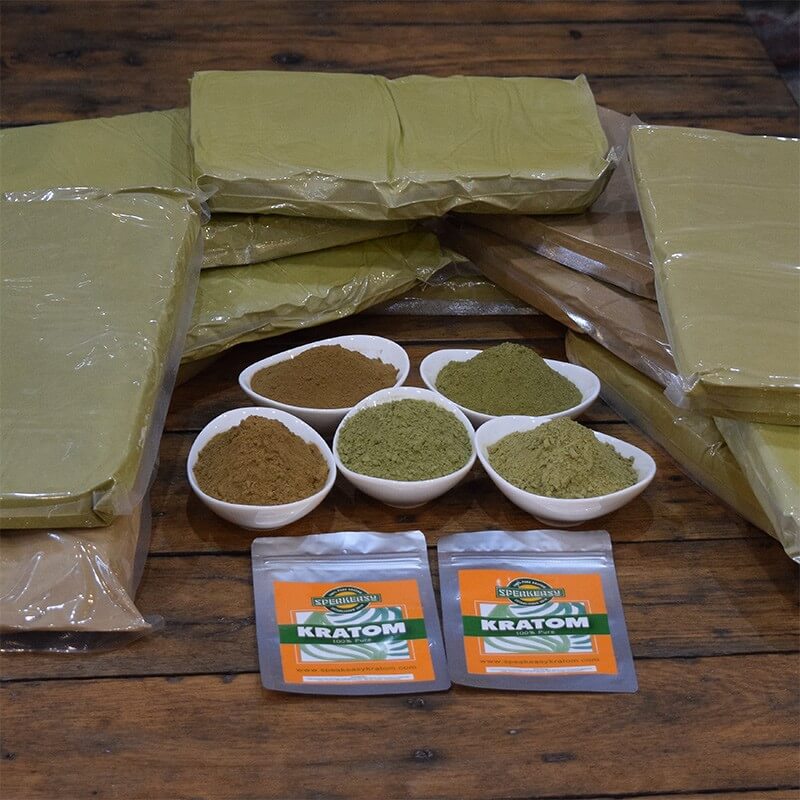
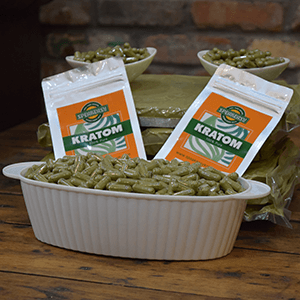

Leave a comment